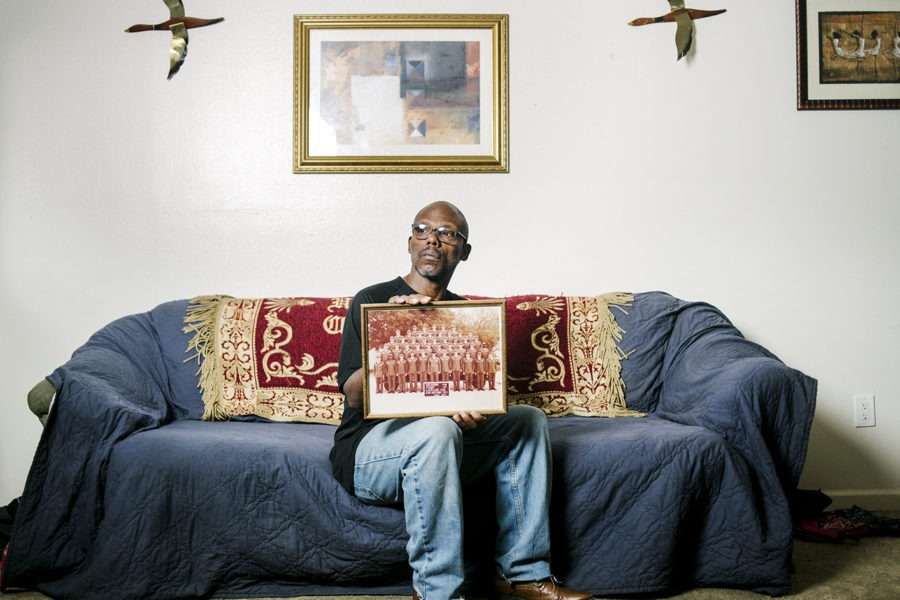We have extraordinary news to share: there are now 11 examples of Built for Zero communities having ended chronic or veteran homelessness and 36 places making measurable reductions.
Until now, few would have believed this to be possible. For more than a generation, homelessness has been regarded as an intractable problem.
Yet the more than 70 communities in our Built for Zero network are proving otherwise. By holding themselves accountable for ending homelessness, not simply providing assistance, they have transformed the way local organizations, government, citizens, and those experiencing homelessness themselves think and operate.
Picture it as the difference between how we operate when it’s business as usual versus in an emergency.
When communities face a life-threatening challenge together, things change. A new energy is released as well as a determination to account for everyone. Roles change as everyone’s skills, resourcefulness, and courage are needed. You start with what you have. You understand that real-time, specific information and constant communication are critical to knowing what’s happening, whether efforts are working, and where to focus next.
You’ll find this way of thinking and working in Built for Zero communities. The skills we teach and the tools we provide help leaders who are part of this movement. What does it take to end homelessness in a community? Here’s what we’ve learned— you must:
- Build strong community teams
- Know each person experiencing homelessness by name, in real time
- Invest in smarter housing solutions
- Use data and analytics to understand what’s working and what’s not, and drive accountability
- Relentlessly problem solve
These skills are building communities’ muscle for solving tough problems beyond homelessness. And because Built for Zero community teams come together several times each year to help each other make progress, we see the power of our country’s local strength combining to propel this national movement forward.
Ultimately, this is about putting our heads and energies together in new ways to allow people to get back on their feet. Take Ozell in Denver (pictured above): he joined the Air Force at 17 and worked as a mechanic on jet engines. Years later, a car breakdown while visiting an ailing family member caused him to lose almost everything. When our colleagues on the Denver team working to end veteran homelessness there met him, he was living in his broken-down van and unable to find housing.
Ozell and other Denver veterans experiencing homelessness were eligible for rental subsidies from the federal government. But in Denver’s tight housing market, few landlords would accept these rental vouchers and offer homes to these veterans.
Working with local social impact investors, Community Solutions took action. We bought an apartment building just outside Denver to offer homes to veterans like Ozell. He was one of the first new tenants to move in. Now he lives in a tidy apartment, decorated with the things that he saved, even when all his belongs had to fit in a van: a bright red, decorative apple from his mother, who was a teacher; a photograph of the aircraft he worked on in the military; a framed portrait of Ozell as a teenager in uniform, standing at attention with his basic training class. It’s not just an apartment— it’s his home.
Your support is a key part of this movement. It allows us to build and spread the skills and practices that work, help more communities reduce homelessness, and open doors for thousands of our neighbors like Ozell. With your gift, you can help more communities eliminate chronic and veteran homelessness.
Thank you for being part of this mission with us.




